They’re the most distinctive feature of the reindeer, and the most incredible. Branching elegantly like the trees which the tundra so sorely misses, and renewing themselves each year, antlers demonstrate nature’s complexity and mystery in one. At this time of year the reindeer’s quickly growing antlers constantly amaze visitors and captivate my own imagination. It occurred to me recently that the cells in growing antlers and the cells used in the Covid-19 vaccine are both the same type of rare cell: undifferentiated stem cells! It might be interesting to join the dots between this.
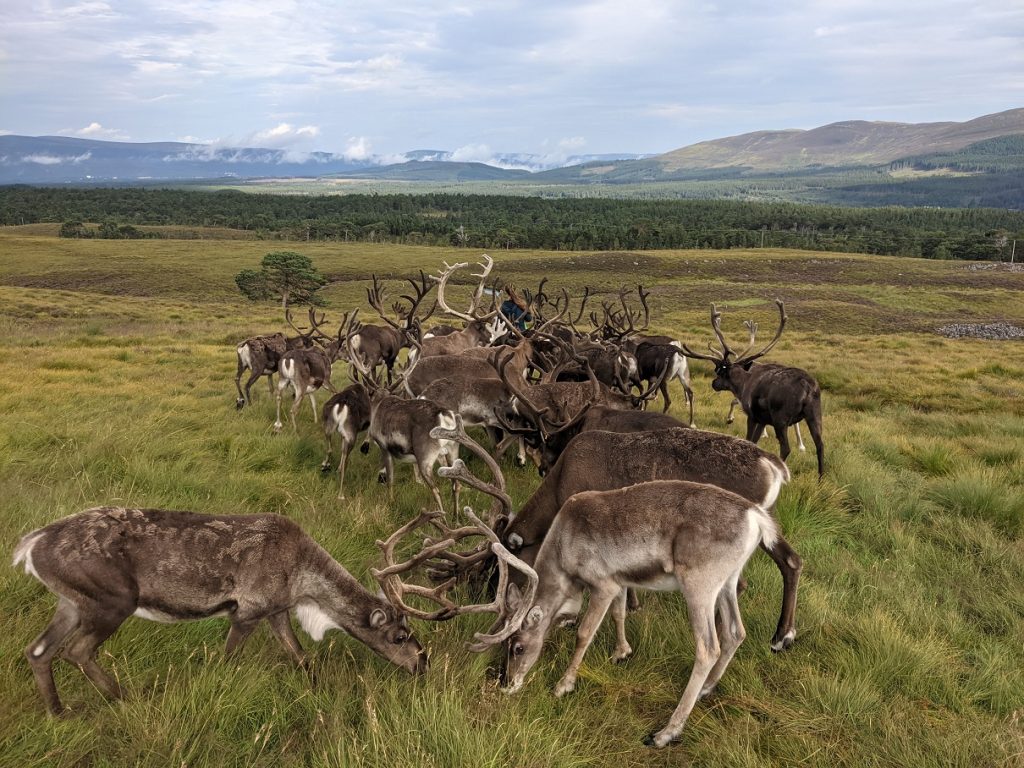

Greater Antlers, Greater Chances…
Large antlers lead to a (sexually selective) advantage in males, and even in females too as those that are better able to defend areas of food in the winter are more likely to produce healthy offspring. A physical advantage in a single characteristic, leading to it’s selection is a process called directional selection. This means that over time, reindeer populations evolve very (VERY) gradually to have larger antlers.
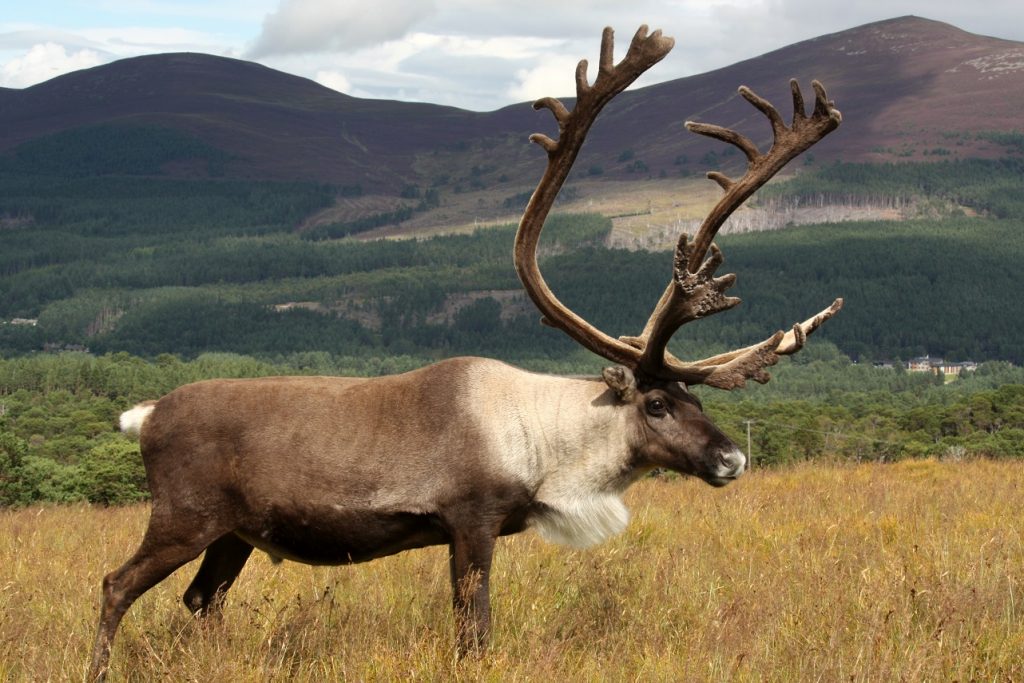
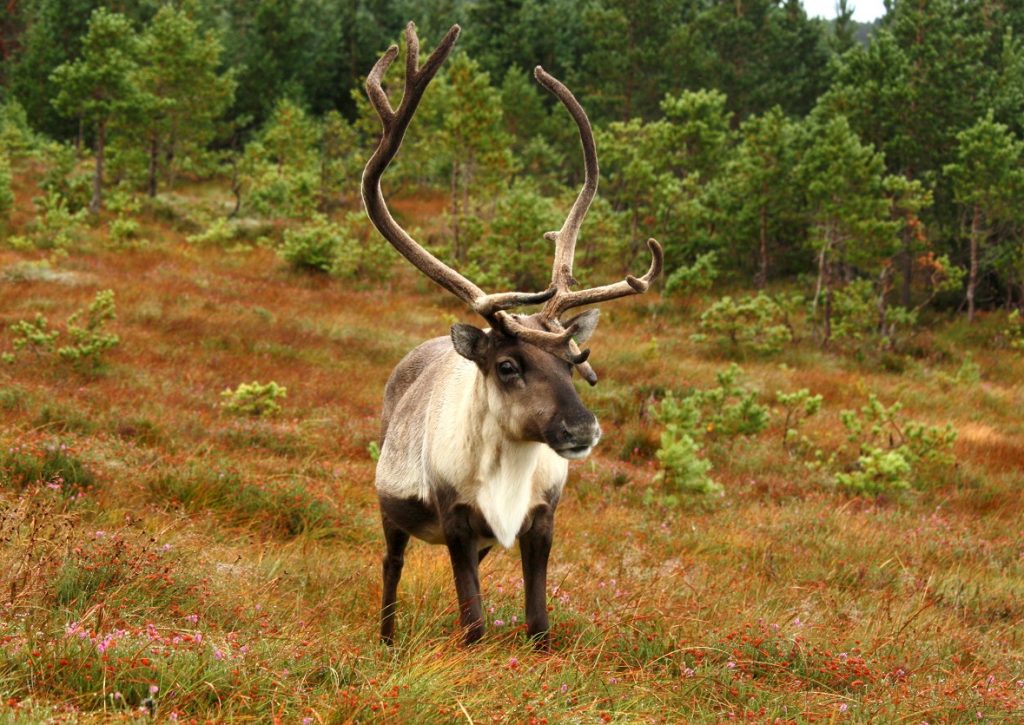
However, large antlers come at a cost, requiring huge amounts of energy to grow in such a short space of time. Reindeer eat lichen, which is fairly low in nutrition and has a long digestive process, as well as other low lying plants, mosses and mushrooms found across sub-arctic areas. As even eating a lot of food won’t make up the energy, the animals shift calcium from parts of the skeleton which don’t carry a lot of weight (such as the ribs) in a process called cyclical reversible osteoporosis, which humans also go through during pregnancy. There are still more adjustments, as the reindeer’s neck and shoulder muscles need to swell in order to carry the bulky weight of the antlers, and movement becomes restrictive. It’s no wonder then that the rutting season becomes so taxing for large bulls that their life is typically shorter than that of a female. Taken to an extreme there is even a theory that the great Irish Elk, or Megalocerous, was partially driven to extinction due to the amount of energy it lost to it’s enormous antlers! I find it unlikely that this will happen to the reindeer but there’s no doubt that these huge organs take a lot for the reindeer to grow.
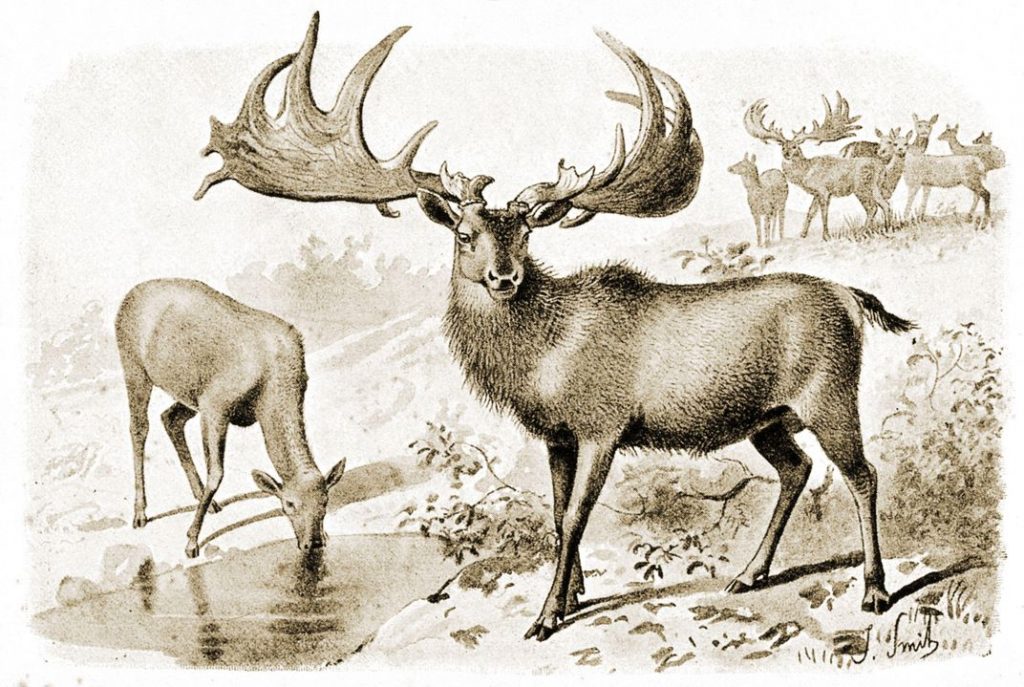
Shooting for the Skies
Although we know what pushes antlers to grow to such a huge size, it’s truly incredible when we begin to ask how. Antlers are the fastest growing organs in the animal kingdom, potentially growing around three inches a week (dependent on nutrition). This is mainly due to the quick regeneration of stem cells from which they are formed; the only type of cell in a body which can differentiate into any kind of tissue, such as bone, fat or skin. We have some of these cells in our bone marrow, as an important part of our bodily regeneration, and the quick formation of embryos is also due to them. Stem cells are also an important resource in therapies for degenerative diseases or to support the body following certain aggressive cancer treatments. Stem cells have even been used in the creation of several vaccines – including for Covid-19! This, combined with their versatility and potential in lab experiments makes stem cells an extremely valuable resource to medical research. It’s awesome to think that the same cells from which reindeer antlers are formed are what we use to treat life threatening diseases.
Finally, the antlers are not just useful to the reindeer, but also to the other animals in the wider ecosystem. Often when we find an antler which has been out on the hill for a while it will be worn thin and marked by the tooth marks of different animals. In the Paddocks we also see that mice and squirrels chew the antlers in the display area! This is because once they are dropped they are an open source of calcium which sometimes the reindeer, or other animals, (like your own pet dogs) will chew in order to reclaim the minerals. There have even been times that reindeer have chewed each other’s antlers while they’re still on their head!
Next spring I plan to photograph the same reindeer once a week from the time it’s antlers are small stumps until they’re fully grown as there really is an incredible difference. There’s so much which is unique and wonderful to say about antlers and I’m looking forward to writing still more about them!
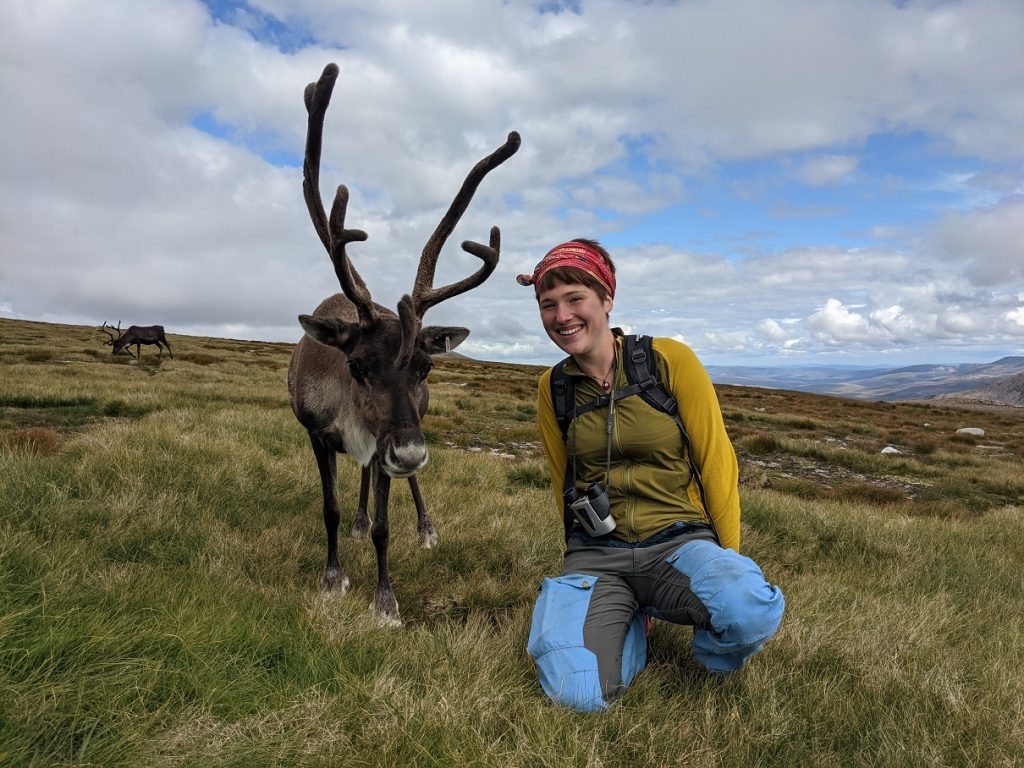
P.S. What’s the difference between an antler and a horn?…… A horn makes a noise!
Nell
